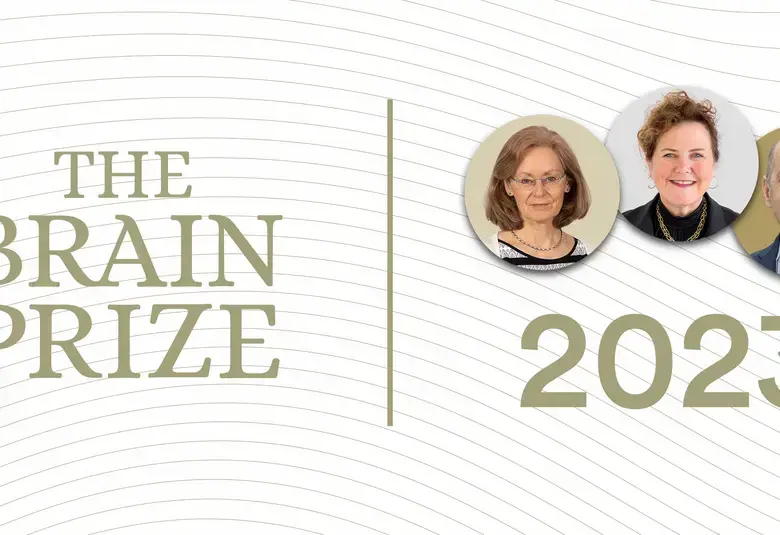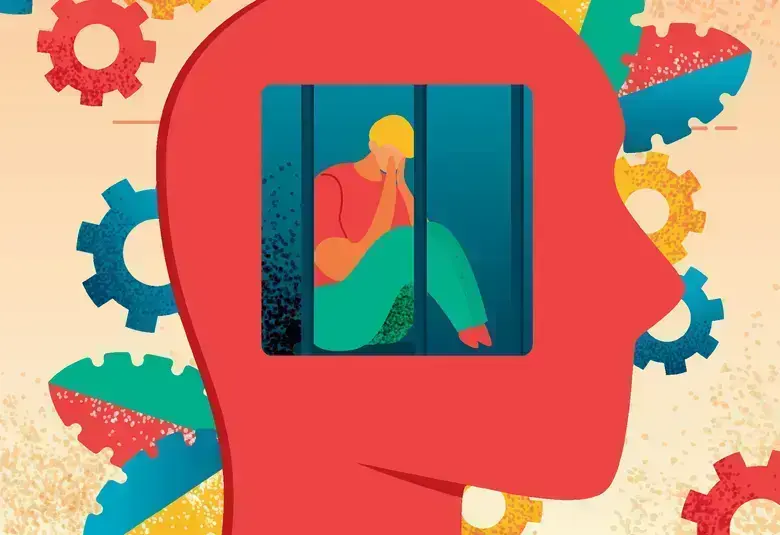Identifying depression in the elderly may at times appear to be like looking for a needle in the haystack. However, it is a worthwhile quest, as a healthy older adult population is a marker of a progressive and caring society.
Depression is one of the most common mental illness in the world. Around the globe, close to 300 million people suffer from it, leading to severe morbidity and disability. Depression is also a common malady amongst the older adult population (Francis and Ng, 2020). The prevalence of depression and subsyndromal depressive symptoms among older adults range from 2-16%, and these figures are projected to rise. In the United States alone, as much as 100 million people are projected to suffer from depressive symptoms in the next 4 decades from now. Locally, a study done among 2005 older adults in Penang found that almost 1 in 5 of them suffered from depressive symptomatology (Rashid and Tahir, 2015). While these figures are sobering, the detection of late-life depression remains a challenge due to several factors.
The prevalence of depression and subsyndromal depressive symptoms among older adults range from 2-16%, and these figures are projected to rise.
Several challenges lie in the gauntlet of diagnosing a depressive illness in the older adults. Principal among these challenges are the heterogeneity of depression in these patients. Older adults usually have more pronounce cognitive symptoms, anxiety, apathy, hopelessness, and somatic symptoms compared to their younger counterparts. In addition, older adults have more somatic complaints and comorbid medical illnesses which increase the burden of the disease (Vyas and Okereke, 2020). The fact that older adults are less likely to voice out feelings of low mood further complicate the matter. These differences stem from the fact that depression in younger and older adults have some important differences biologically. In older adults, genetic, epigenetic and progressive inflammatory factors contribute to dysfunction within salience network and disrupting the frontal limbic pathway which is important for rewards, motor behaviour and gratification (Alexopoulus, 2019). Consquently, untreated depressed older adults are more resistant to treatment and less responsive to antidepressant therapy.
Older adults usually have more pronounce cognitive symptoms, anxiety, apathy, hopelessness, and somatic symptoms compared to their younger counterparts.
The relationship between cognition and late-life depressio deserves special mention. Although cognitive symptoms are also present in younger depressed patients, its presence in the older adult is more alarming as it is a strong indicator for the eventual diagnosis of Alzheimer's Disease. In fact, studies have shown that the probability of developing dementia is increased within 4 years of the diagnosis of depression being made (Butters et al., 2004). Another recent article denoted that amyloid pathology, the hallmark of Alzheimer's Disease, are already seen in depressed older adults without cognitive impairment (Gatchel et al., 2017). These cognitive impairments consist of impairments in memory, speed of processing, praxis, further compounded by deep white matter ischemia caused by vascular insults. Thus, it is imperative that depression in older adults is treated in a prompt and effective manner to lessen its cognitive impact.
In conclusion, late-life depression is a complex entity, and its biological and neural underpinnings have yet to be fully understood. There needs to be more awareness towards the nuances of depression in the older person, as stigma and ignorance are important barriers towards effective and early treatment. Identifying depression in the elderly may at times appear to be looking for a needle in the haystack. However, it is a worthwhile quest, as a healthy older adult population is a marker of a progressive and coring society.
For the latest updates on sea.progress.im, subscribe to our Telegram Channel https://bit.ly/telePiM




